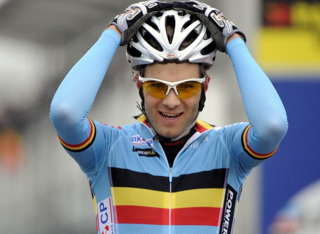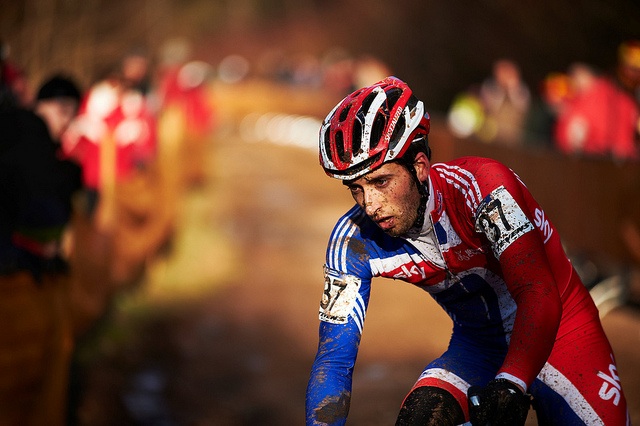The cyclo-cross season is reaching its zenith.
With the national championships wrapped up last weekend, this Sunday will see the season-long national trophy series decided. One man counting the days is series leader, Paul Oldham (Hope Technology) who will be keen to return to winning ways after fourth place last weekend.
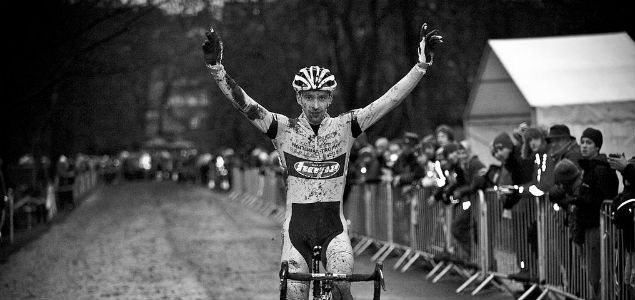
So with a few months of winter remaining, and action from the nationals fresh in the memory, we thought we’d bring you the inside track on the techniques that bring victory. Here’s Paul with hints and tips on fitness, cornering, carrying and the fastest way through thick mud.
What is the most common error among novices?
“A lot of the time people don’t think about their lines. When it’s muddy especially, people fall into the trap of following what everybody else is doing. It’s important to pick your own lines.”
What is the best way to prepare for a cyclo-cross race – endurance or interval training?
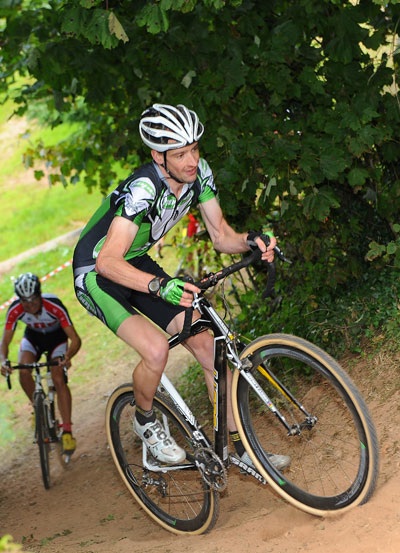
“It’s one hour long, which means endurance comes into it. You have got to get a decent base but as you get into the race season you can do a lot less volume and more interval. In the off-season, I’ll ride a couple of hundred miles a week, but in the mid-season I’ll be doing a lot less mileage. In August, I will doing a lot of base miles and that gets me until the middle of November, and then in December I do another block of base training.
What’s the most effective way to tackle courses with sections of thick mud?
“The best way through thick mud is to use lots of power and ride straight through. The problem with mud is that the fast go faster and the slow get slower. For the stronger riders, it’s easier. It’s a catch 22. If you’re slow down, you’re going to start sinking.”
What is more important for ‘cross racing – high fitness levels or great bike handling skills?
“Fitness is the most important part. Bike handling, particularly on British courses, is not so important. If you go abroad, the courses are more technical. The most important technique is cornering. It’s a case of looking for grip, taking different lines, and not just following what everyone else is doing. You’ve got to think about the corner coming up.”
How should you approach hurdles?
“Keep a nice pace and don’t crash. I can’t do it! The quickest and safest way is to dismount. If they come on a fast stretch, you can probably jump off, and get back on as quickly as someone whose riding them. The main advantage to riding them is when there’s a corner coming up.”
Is there a technique for carrying the bike, or is it a case of improving with experience?
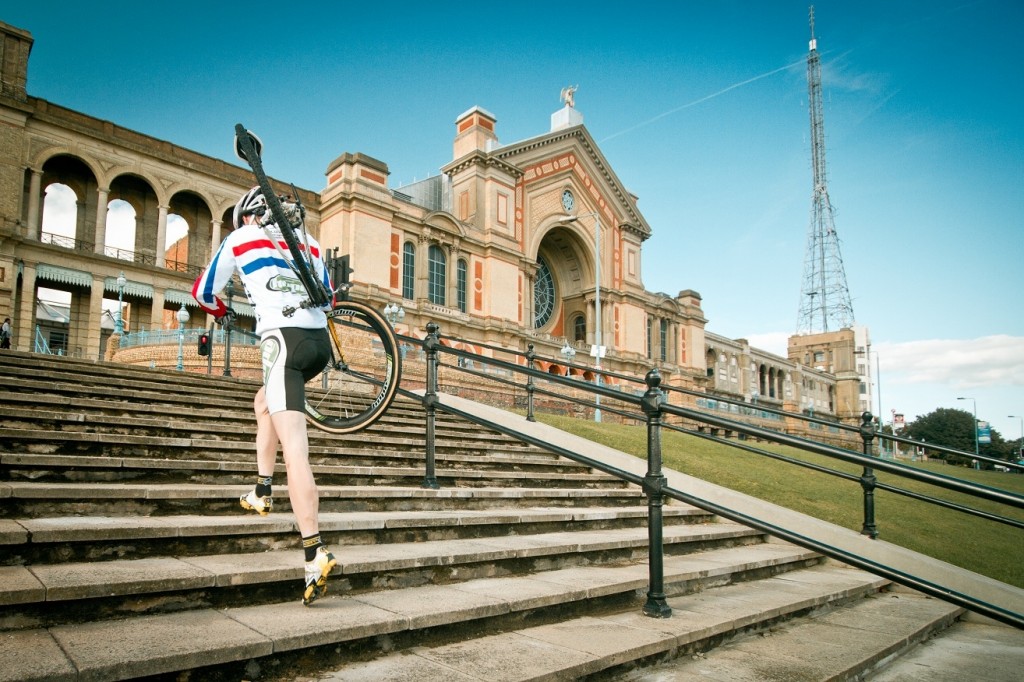
“There is a technique, and it’s all to do with getting the bike on your shoulder as you dismount and letting the momentum carry you forward. There’s not so much carrying in modern cross.”


